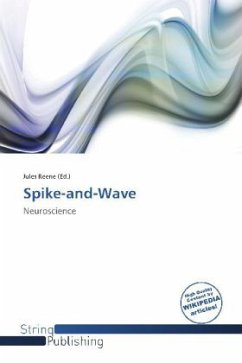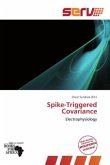Spike-and-wave is the term that describes a particular pattern of the electroencephalogram (EEG) typically observed during epileptic seizures. Spike-and-wave patterns are seen in many types of epilepsy, and in particular during absence seizures (also called "petit mal" seizures), which are characterized by clear-cut spike-and-wave EEG oscillations. The mechanisms underlying spike-and-wave patterns are complex and involve cerebral cortex and thalamus, the intrinsic properties of the neurons, and the various types of synaptic receptors present in the circuits. In particular, it is thought that a diffuse increase in cortical excitability (either through enhanced excitation or diminished inhibition) can lead to spike-and-wave patterns through thalamocortical loops. In this case, the spike-and-wave patterns can be synchronous over large portions of the entire cerebral cortex (generalized spike-and-wave seizures).
Bitte wählen Sie Ihr Anliegen aus.
Rechnungen
Retourenschein anfordern
Bestellstatus
Storno








